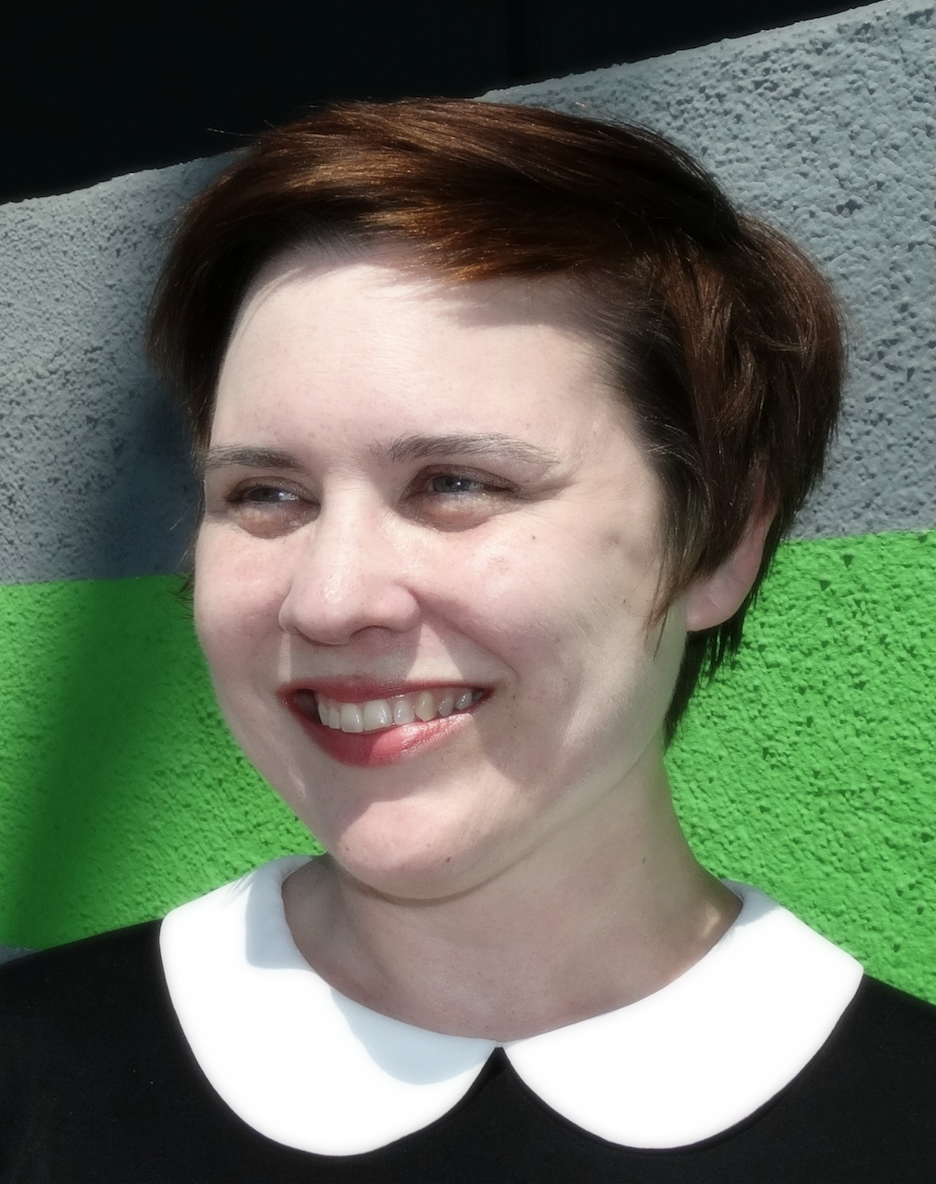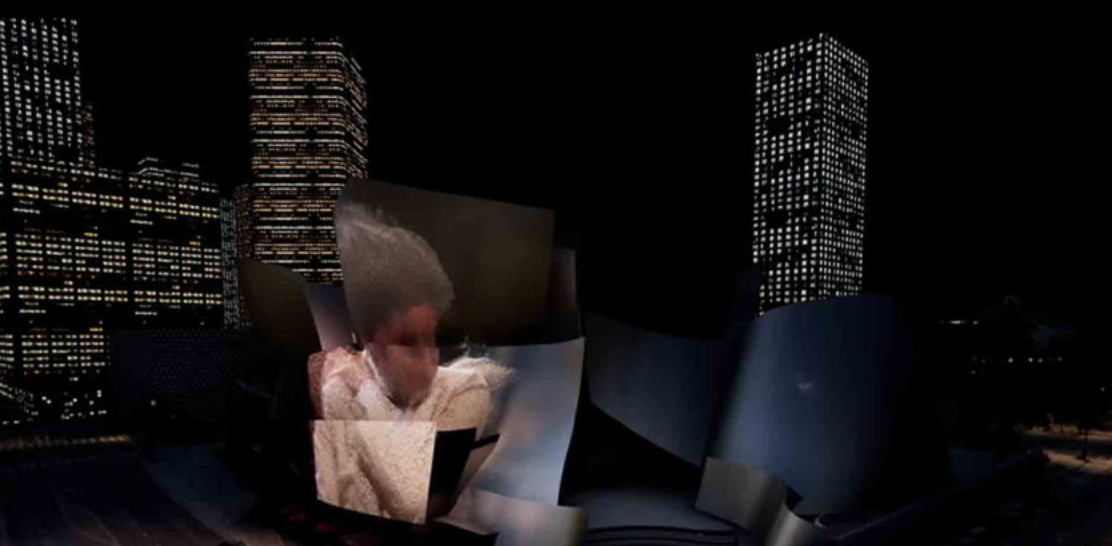 Note from ACSO: The author of this article, Julia Ward, is the director, development communications and strategy and editor, Past/Forward: The LA Phil at 100 at the Los Angeles Philharmonic. She is also on ACSO's Board of Directors.
Note from ACSO: The author of this article, Julia Ward, is the director, development communications and strategy and editor, Past/Forward: The LA Phil at 100 at the Los Angeles Philharmonic. She is also on ACSO's Board of Directors.
When the Los Angeles Philharmonic was founded in 1919 by William Andrews Clark, Jr., Los Angeles wasn’t the likeliest place for a professional orchestra to spring up. It was a pioneer town with indigenous roots on the verge of what remains one of the largest population booms in U.S. history. The film industry had set up shop by then as well, and Fatty Arbuckle shorts weren’t doing much for the city’s reputation as a fount of classical art. But Clark and the impresarios who followed were nothing if not aspirational.
One hundred years later, the unlikely orchestra in the unlikely town has become, in the words of The New York Times’ Zachary Woolfe, “the most important in America.” The Los Angeles Philharmonic became “important” not by appealing to a European ideal, but instead by embracing everything that makes Los Angeles great: its openness, its respect for creativity, its diversity, its endless ambition, its progressive spirit, and even its prevailing industry.
When the LA Phil begins its centennial season this month, it will naturally honor the orchestra’s history, but it will also celebrate the city that threads through its DNA. The centennial’s kick-off events are largely free, public events, which reflect the populist spirit of Music and Artistic Director Gustavo Dudamel and convey the community-centered values the LA Phil will carry into its next century.
What we “carry into the next century” is an important part of the equation. From its initial planning stages, the LA Phil’s centennial celebrations were envisioned as an opportunity to both commemorate the past and lay the groundwork for what’s next. Every centennial initiative moves the LA Phil forward in some way—artistically, in relationship to the city, or in the eyes of our audiences. The centennial may be a party, but it’s also a paradigm shift.
There are far too many events—from the return of our titled conductors to the premieres of 50 commissioned works to a $500,000,000 fundraising campaign—to recount in detail here. I encourage you to visit the LA Phil website to see the full scope of work my remarkable colleagues have been planning since early 2015. I do, however, want to highlight a few of the truly exceptional (and truly risk-taking) events that will take place this season.
Celebrate LA!

The word “epic” should be reserved for events like this. On September 30, the LA Phil in partnership with CicLAvia and Community Arts Resources (CARS) will host Celebrate LA!, a massive, free eight-mile street party stretching between Walt Disney Concert Hall and the Hollywood Bowl.
The car-free streets (this deserves to be repeated: CAR-FREE in Los Angeles!) will be filled with revelers traveling between six hubs, featuring more than 1,800 musicians, artists, and dancers from across Los Angeles. The day will end with the free LA Phil 100 concert at the Hollywood Bowl, led by Dudamel and featuring Katy Perry, Herbie Hancock, Kali Uchis, and Youth Orchestra Los Angeles (YOLA).
WDCH Dreams

For one week, beginning on the evening of September 27, Walt Disney Concert Hall will come to life with media artist Refik Anadol’s WDCH Dreams. By applying machine intelligence to the LA Phil’s archival materials (more than 600,000 image, video, and audio files), Anadol allows the building to “dream” through projections on its steel exterior.
What makes this project more than a history-based light show is the presence of machine intelligence, which allows the deep neural networks of a computerized “mind” to memorize data, analyze it according to hundreds of attributes, and form original connections between literally millions of data points. It’s the originality of the connections that is interesting because the machine is beginning to create a work of art in the same way a human might – it is bringing into the world something that didn’t exist before. In that way, the project not only gives us a new way to look at the past, but also inches us towards a new digital aesthetic in which data can be a material and a machine can be a collaborator.
While WDCH Dreams will only be performed on Walt Disney Concert Hall’s exterior for a week, the Ira Gershwin Gallery, inside the Hall, will host a companion installation for the entire season.
Judith and Thomas L. Beckmen YOLA Center
As anyone invested in the classical music world—and that, of course, includes all of you—knows, Gustavo Dudamel is the product and champion of Venezuela’s revolutionary El Sistema youth orchestra movement. Dudamel brought the ethos of El Sistema with him to Los Angeles, where he founded Youth Orchestra Los Angeles—better known as YOLA.
YOLA currently operates at four sites across Los Angeles, bringing music education into the lives of children who wouldn’t otherwise have access to it. The LA Phil has typically relied on community partners with pre-existing spaces to host the program, but now, with the centennial upon us and the program more than a decade into its operations, YOLA will finally get a purpose-built home of its own.
Working with the civic leaders of Los Angeles County’s Inglewood community and architect Frank Gehry, the LA Phil will break ground on the Judith and Thomas L. Beckmen YOLA Center @ Inglewood during its centennial season. A true investment in the future thanks to its permanency and the students who will populate it, the Beckmen YOLA Center promises to be among the LA Phil’s most lasting legacies as it enters its second century.
Past / Forward: The LA Phil at 100
Past / Forward is a two-volume commemorative publication that revisits the history of the LA Phil and contemplates its future. The publication offers an unconventional approach to institutional storytelling with more than 100 firsthand accounts, interviews with the LA Phil’s living music directors by Pulitzer Prize-winning journalist Tim Page, 150 rarely seen archival photos, and artwork from Lucky Dragons, Charles Gaines, and Christine Sun Kim. The first volume, “Past,” offers an episodic history of the orchestra, as told by the people who lived it, while the second volume, “Forward,” invites the LA Phil’s closest artistic collaborators into a speculative conversation about the future of classical music, composition, performance spaces, and more.
As its executive editor, I was somewhat required to include Past / Forward in this list, but I also brought it up because of the lessons it taught me, which I don’t think are unique to the LA Phil. One of the things you learn by spending a lot of time with people’s narratives of the past is that there are roots to everything: every program, every venue, every artistic relationship. And the people putting down those roots? They were as eccentric, ornery, ambitious, brilliant, and interesting as the people who will carry our institutions into its future. Their decisions and their passions continue to affect us today.
Working on this publication, I was reminded that all of us at the LA Phil and at every ACSO member organization are part of a continuum across the region and through time, who all decided to dedicate a big part of ourselves to the same thing: bringing extraordinary music into the lives of others. Like our predecessors, our work will build, and it will reverberate outward, affecting the artists, administrators, and audiences of tomorrow.
If you are in Los Angeles or will be, I invite you to join in our centennial celebrations. Even if you can’t join us, I hope something in our work inspires you and that you will have a moment to reflect on your own organization’s connection to the past and responsibility toward the future.

